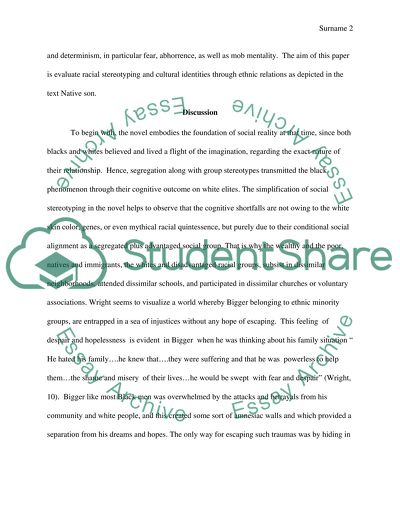Cite this document
(“Native Son: Racial Stereotypes and Ethnic Profiling Essay”, n.d.)
Retrieved from https://studentshare.org/english/1402873-reader-response
Retrieved from https://studentshare.org/english/1402873-reader-response
(Native Son: Racial Stereotypes and Ethnic Profiling Essay)
https://studentshare.org/english/1402873-reader-response.
https://studentshare.org/english/1402873-reader-response.
“Native Son: Racial Stereotypes and Ethnic Profiling Essay”, n.d. https://studentshare.org/english/1402873-reader-response.


